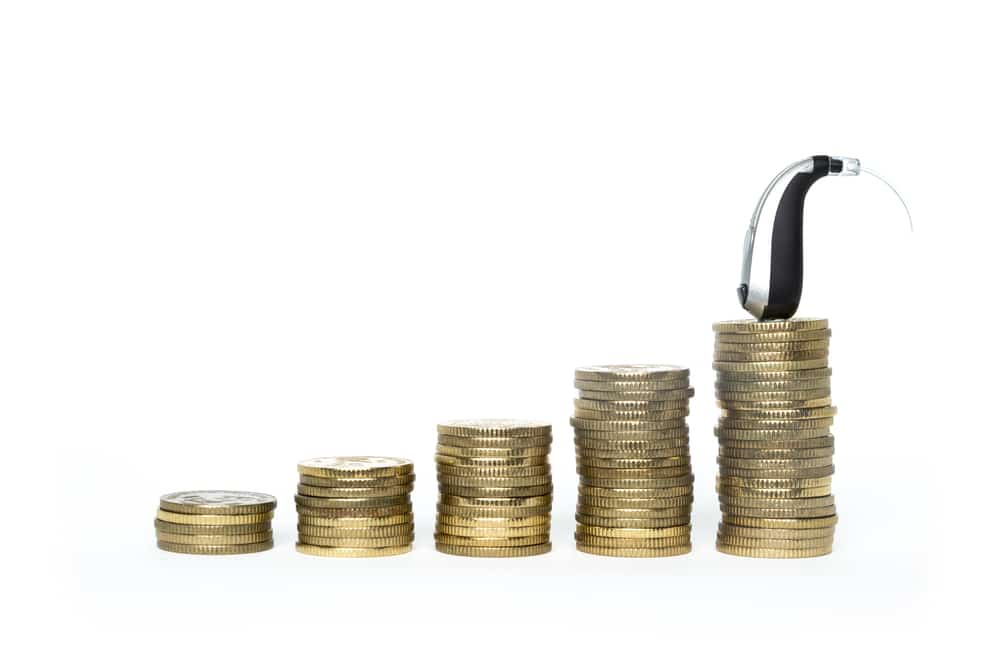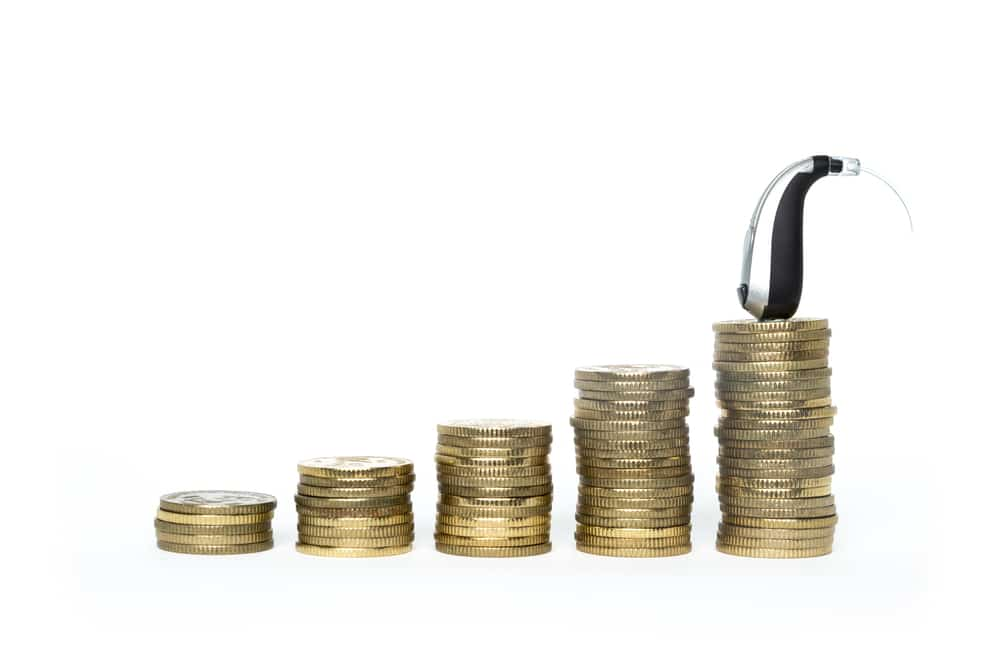

If you suffer from hearing loss, getting a pair of hearing devices can help improve your sense of hearing, allowing you to listen, communicate, and participate in daily activities.
However, the cost of hearing aids in the market can be a challenge for people who need assistance with their loss of hearing.
Studies claim that in adults 70 years and older who are suffering from loss of hearing, less than 30% are currently using hearing aids. Also, only 16% of adults between the ages of 20 to 60 have access to devices to improve their sense of hearing.
Reasons Hearing Devices Cost So Much
If you wonder why hearing aids cost so much, here are some reasons.
Extensive research costs:
Hearing devices are typically high-tech machines that are made using extensive research. The materials used in the manufacturing of hearing aids, such as microprocessors and microphones, constitute about 10% of the price. The high-end research done to make such instruments smaller and more technologically advanced can triple the material cost.
Also, hearing aids are manufactured using highly specialized skills by professionals, like electrical engineers, audiologists, musicologists, and computer programmers. The market price of the devices often includes the salary of such experts, adding to the higher costs.
Some hearing devices come with innovative technologies like Bluetooth, wireless components, and mobile apps that can increase the price of such gadgets.
Manufacturing costs:
The high-end materials, like microphones and microprocessors, used in manufacturing the products can drive the prices upward.
Audiologists selecting and fitting the right hearing aid for your needs:
Hearing aids, unlike other devices, cannot be boought and used right away. To be effective, they need to be customized and fitted in an audiologist clinic.
It also covers the cost of using sophisticated machines required to customize the hearing aids to suit individual patients.
The price also includes the cost of attending to the returning customers for cleaning and other adjustment purposes.
Location and equipment for the patient hearing testing:
In the case of hearing aids, it is challenging to manufacture devices that can be used as one size fits all. The hearing aid to be effective needs to be customized as per individual needs. The equipment needed for patient hearing testing and the finetuning and customization of the devices can drive up their market prices.
High-end features:
Hearing aids are sophisticated devices that often come with advanced features to provide added comfort and a high degree of hearing efficiency. Some of the features that can make the hearing aids more expensive are:
- The style of hearing aid: The style of your hearing aid can drive up the price of the device. For instance, an in-ear hearing aid will cost much more than behind-the-ear types.
- The model: Newer models with superior technology are pricer than the older ones from the same companies.
- Operational features: If your hearing aid has certain functional features like noise management, directional microphones, artificial intelligence, and tinnitus masking features inbuilt into them, they are likely to be expensive.
- Battery type: If your hearing aid uses rechargeable batteries instead of disposable ones, they can be more expensive.
- Improved technology level: Hearing aids having the latest technologies like multiple volume adjusting features, mobile apps to control the devices remotely, etc., can increase costs.
Marketing of services:
Like any business, audiologists need to conduct many marketing and promotional activities to present hearing aids to the customers. The costs of promotions and advertisements are often included when selling hearing aids to the public.
Limited demand:
Even when a lot of research goes into developing sophisticated hearing aids, the actual market for such products is not that big. Compared to the population of the USA, less than 1% buy hearing aids each year.
A high cost of manufacturing, when compared to a smaller market, can cause the price to increase.
Limited insurance benefits:
Unlike other medical devices, the cost of hearing aid devices is not covered adequately by the insurance providers. Lack of proper insurance coverage can make the devices costlier for customers.
After-sale return policies:
Nowadays, hearing aids include after-sales return policies and money-back guarantees to provide better services. If the customer is not happy with the product, they can send back the hearing aids to be replaced at no extra cost and also get back a proportion of the device's costs.
Hearing aids are highly customized based on each customer's needs. The returned machines will not be sold again, and the seller usually absorbs the price of such products. To avoid loss, the cost of such returned devices is also included in the final price of the devices, making them more expensive in the process.
Does insurance cover hearing aids?
While some health plans cover hearing examination costs and absorb a part of the cost of the hearing devices, most insurance does not.
Takeaway
While you might be able to buy hearing aids at a lower price point online or at Costco, they will only be as good as the audiologist fitting them. Before ordering your hearing devices online, you need to ensure that you get the right equipment specifically customized for your needs.
The efficiency of your hearing aid depends on the audiologist's expertise in fitting it as much as the device's accuracy. For the best quality hearing aid customized for you, contact Houston Hearing Center at 281-649-7215 for your hearing aid testing and fitting needs.
Lorem ipsum dolor sit amet, consectetur adipiscing elit, sed do eiusmod tempor incididunt ut labore et dolore magna aliqua. Sed risus ultricies tristique nulla aliquet enim.
Topics: